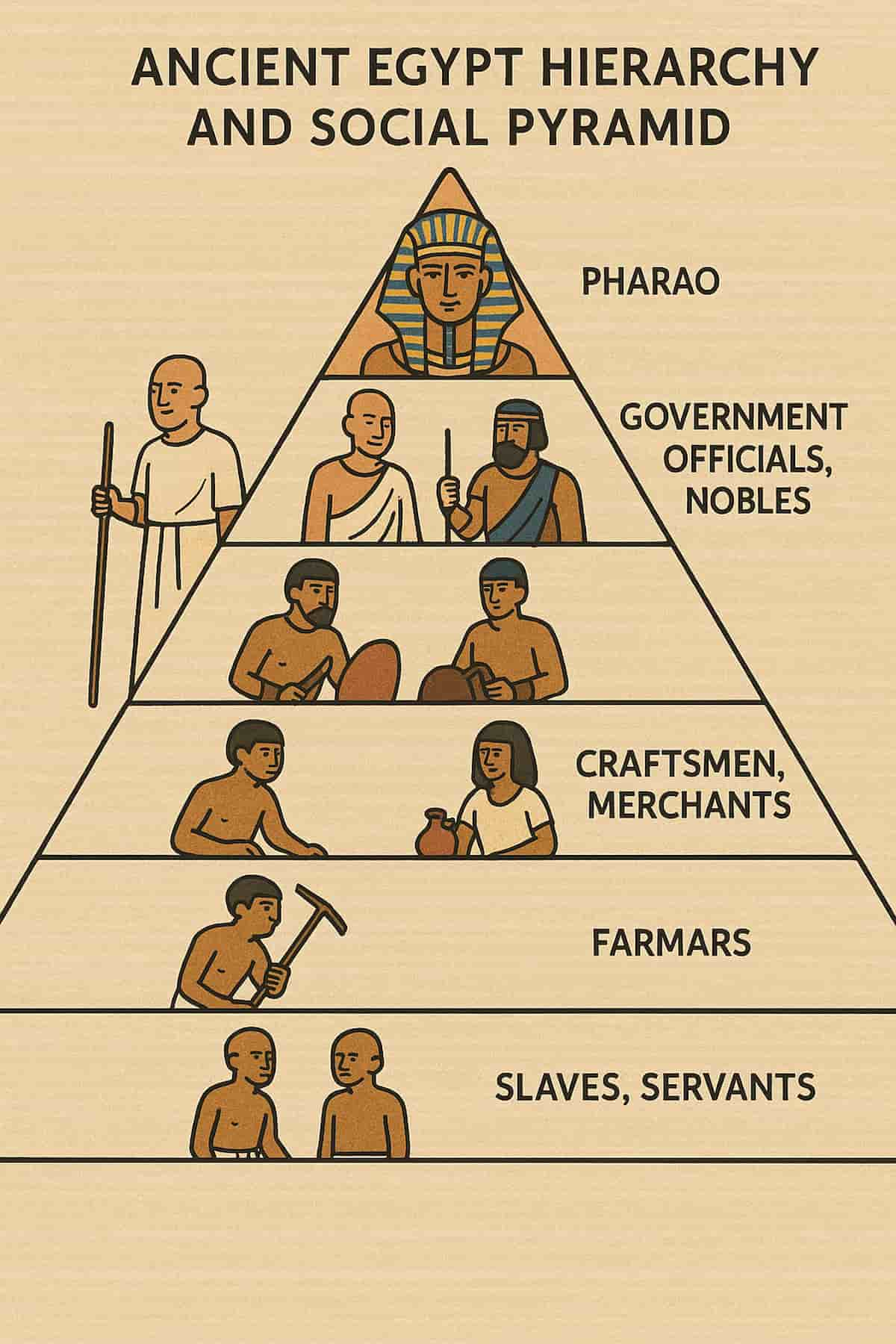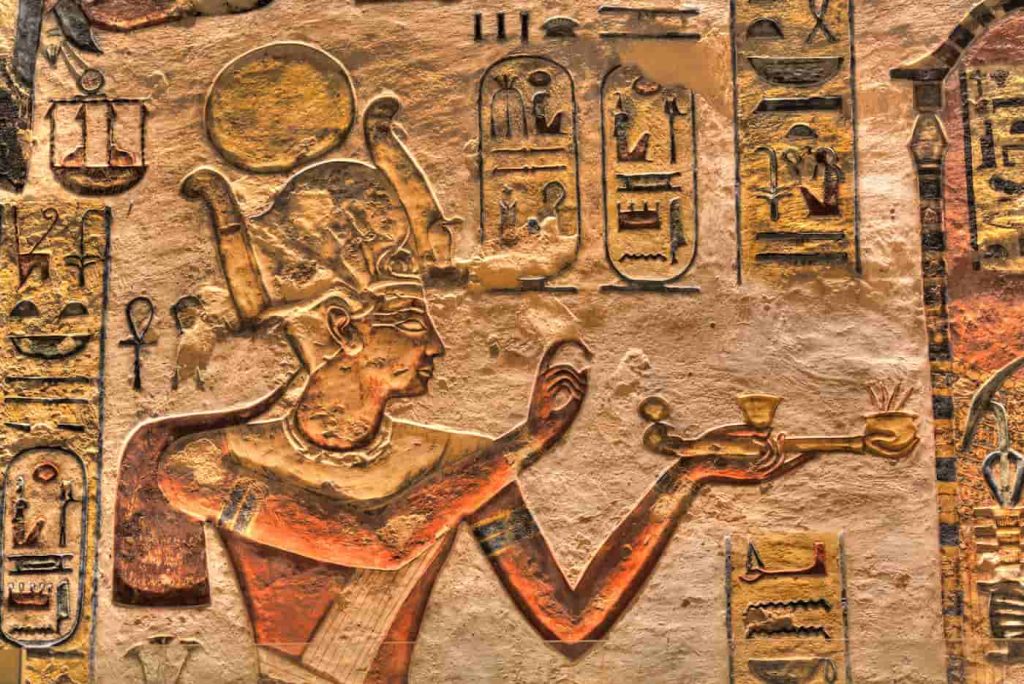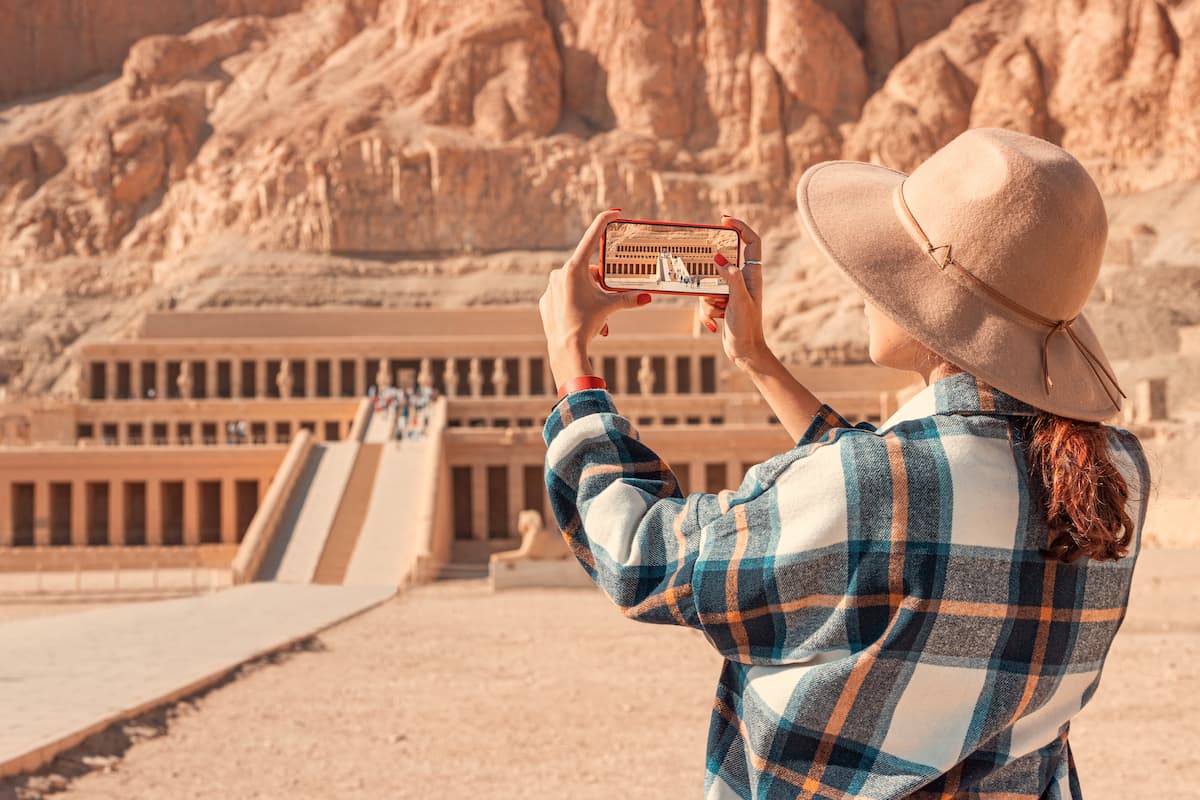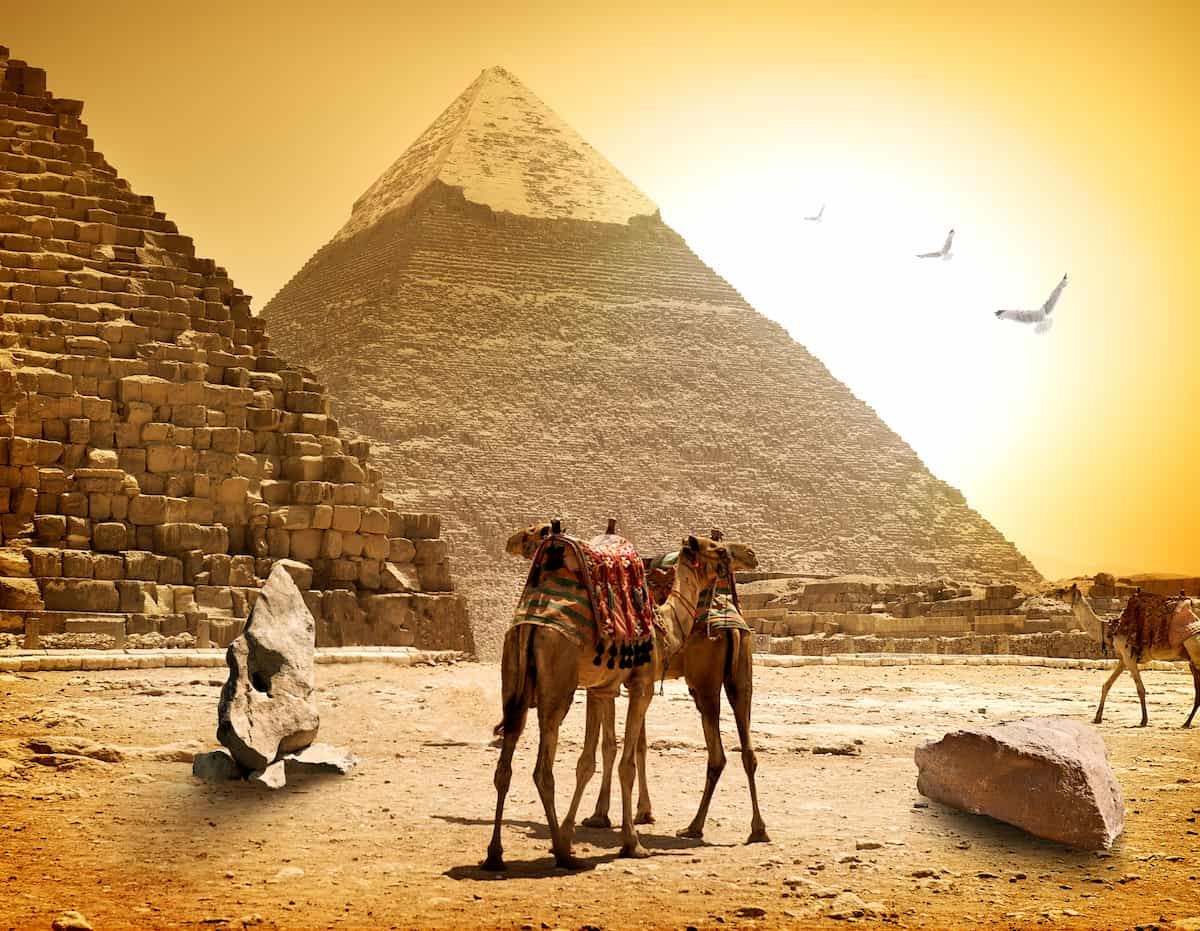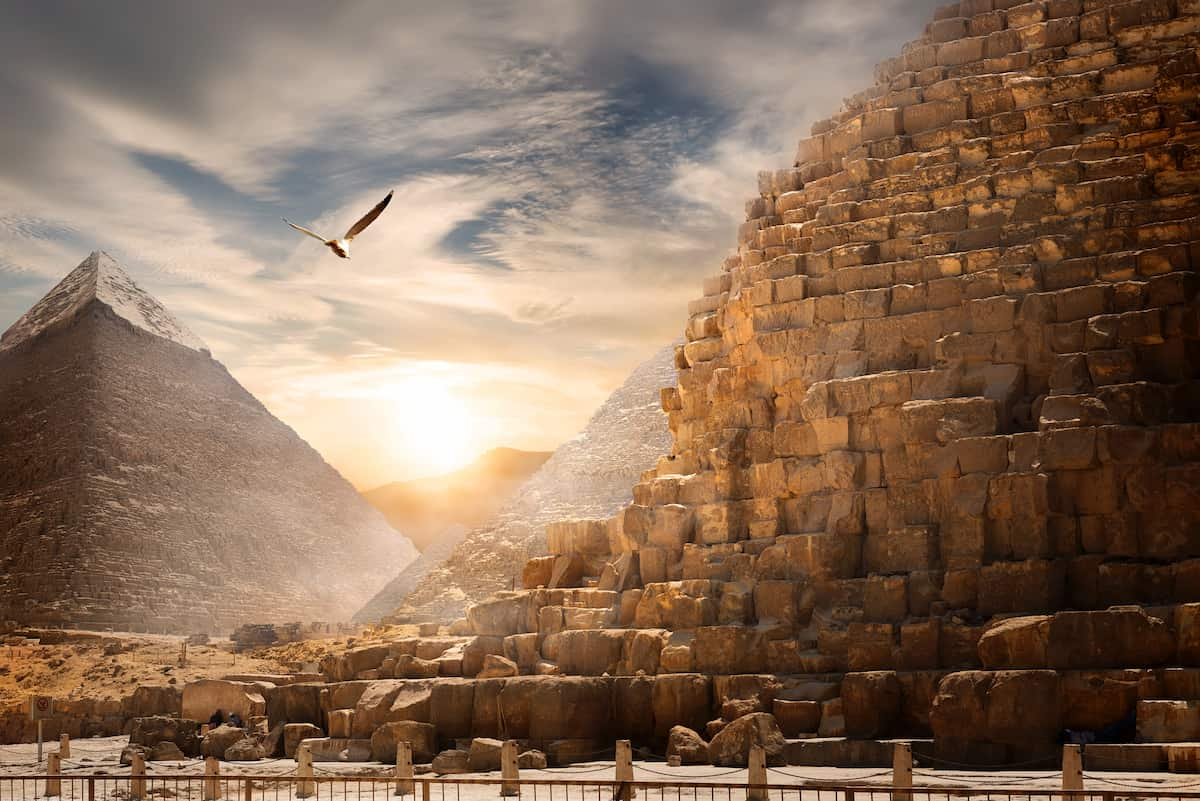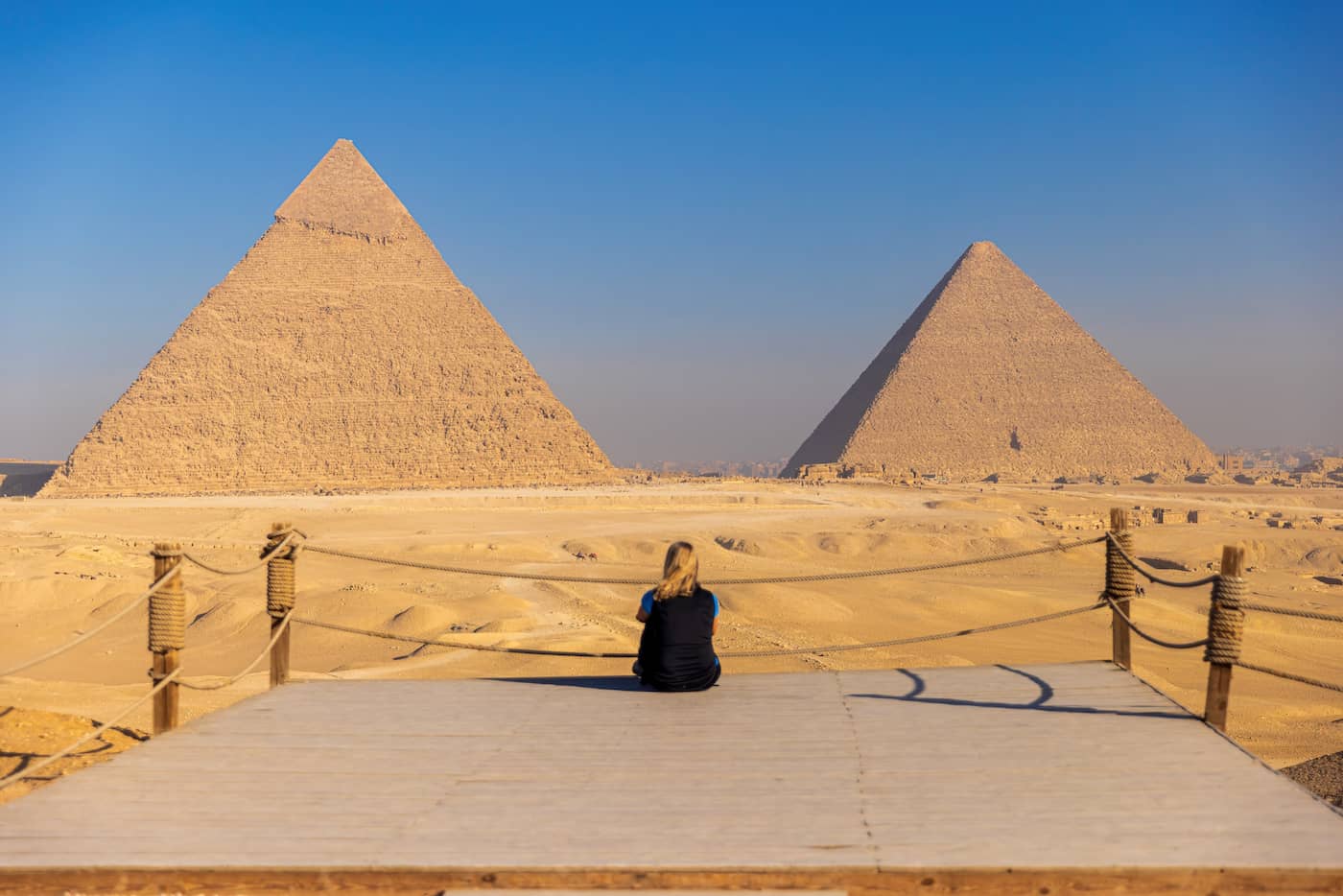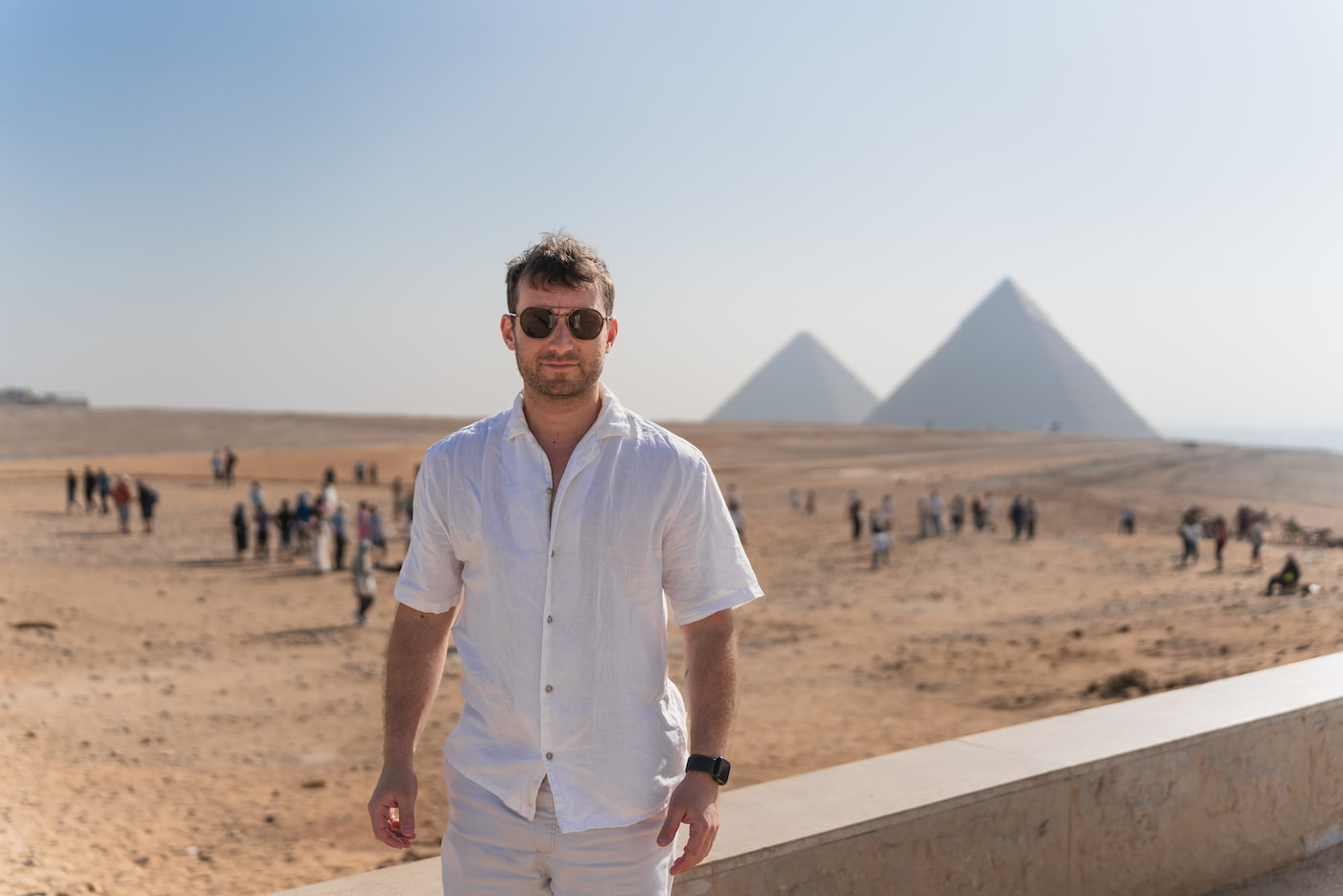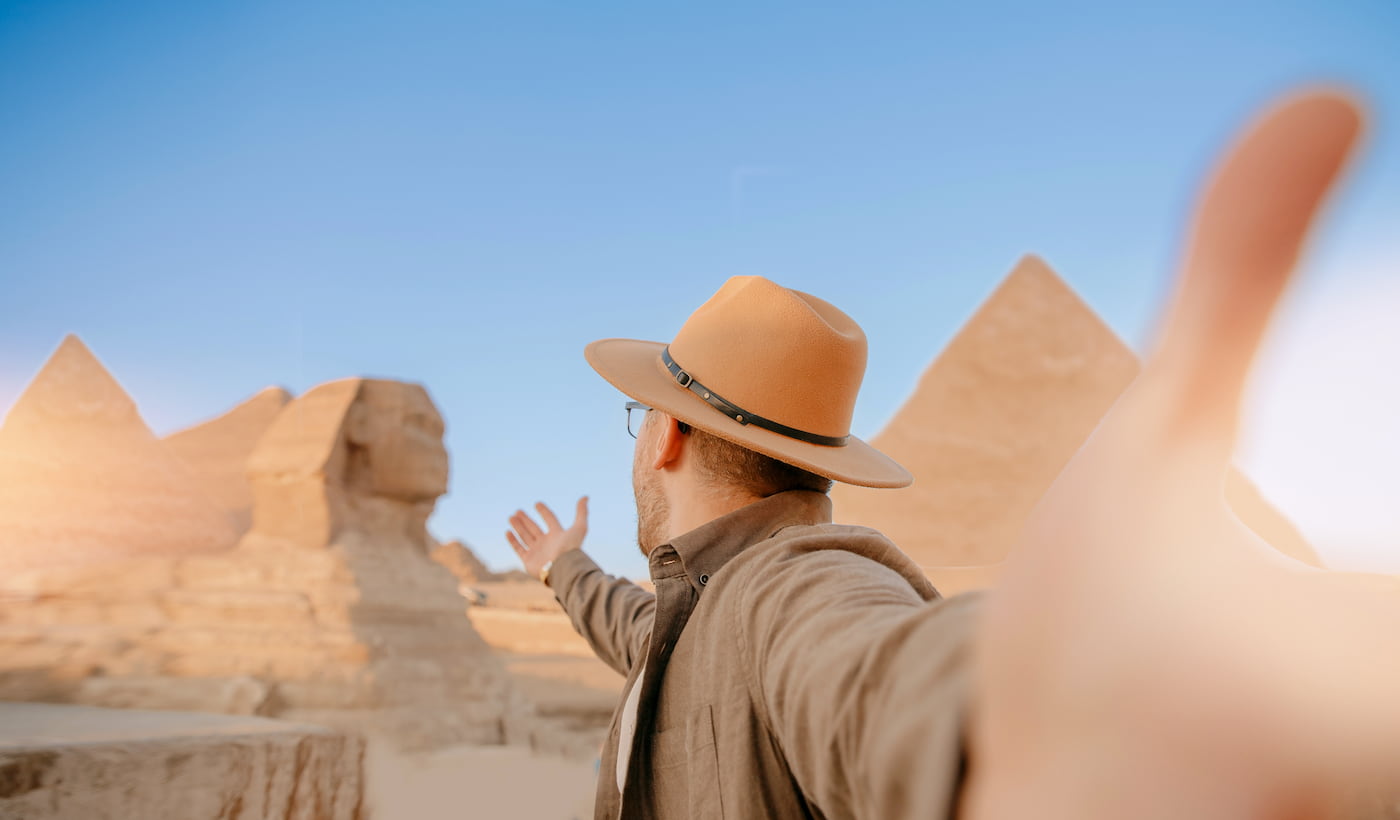The Ancient Egyptian Social Pyramid and Ancient Egypt Hierarchy
Ancient Egypt Hierarchy and the Ancient Egyptian Social Pyramid are among the most organized societies ever known in history. Moreover, ancient Egypt hierarchy had a very organized society where everyone had a place and a role in life. This type of division also illustrates the structure of the layers that shaped the Social Pyramid. Besides, you will see there were rich and powerful people that has all kinds of power to control the society like the pharaoh.
While others had simple jobs and fewer rights, like the servants and workers. The higher someone was in the pyramid, the more important they were in society. However, the pharaoh was at the very top. As he believed, he was not only a king or a ruler, but a god chosen by the gods. Right below him, there were Nobles, Priests, and Government Officials. Right after you will find the Soldiers who protected Egypt. Middle-class people like Scribes and craftsmen who worked important jobs, but with less power. At the Bottom, you will find the farmers and slaves, who did the hardest work but had the fewest rights.
This social pyramid helped the ancient Egyptians to run the country smoothly for thousands of years. Besides, everyone in the county had a job. Additionally, respect between people existed. Everyone has their roles. This system was normal for that time and was part of what made Ancient Egypt such a strong and lasting civilization.
1- Explore The Ancient Egypt Social Hierarchy
The ancient Egypt hierarchy was a powerful and well-organized civilization. Moreover, the pyramid divided the people into different levels. This type of division helped the Pharaohs to control the country for thousands of years and make it strong. Furthermore, the Egyptian society put the necessary laws that kept each one with their work. The pharaoh was at the top, to the hard-working farmers and slaves were at the bottom.
This hierarchy was rooted in the authority mandated by the Egyptian Gods. The Pharaohs were believed to be that they were chosen by the gods. Just below them, you will find the Nobles and government officials who helped the pharaohs to rule Egypt. Additionally, the Priests helped the Pharaohs in taking care of the religious life and temples. While Soldiers are the real protectors of Egypt’s borders, they play a crucial role in helping the Pharaohs to control Egypt. Last but not least, the Scribes were important because they could read and write. Craftsmen and merchants made goods and traded items. At the Bottom come the slaves and servants, who worked very hard and had no freedom.
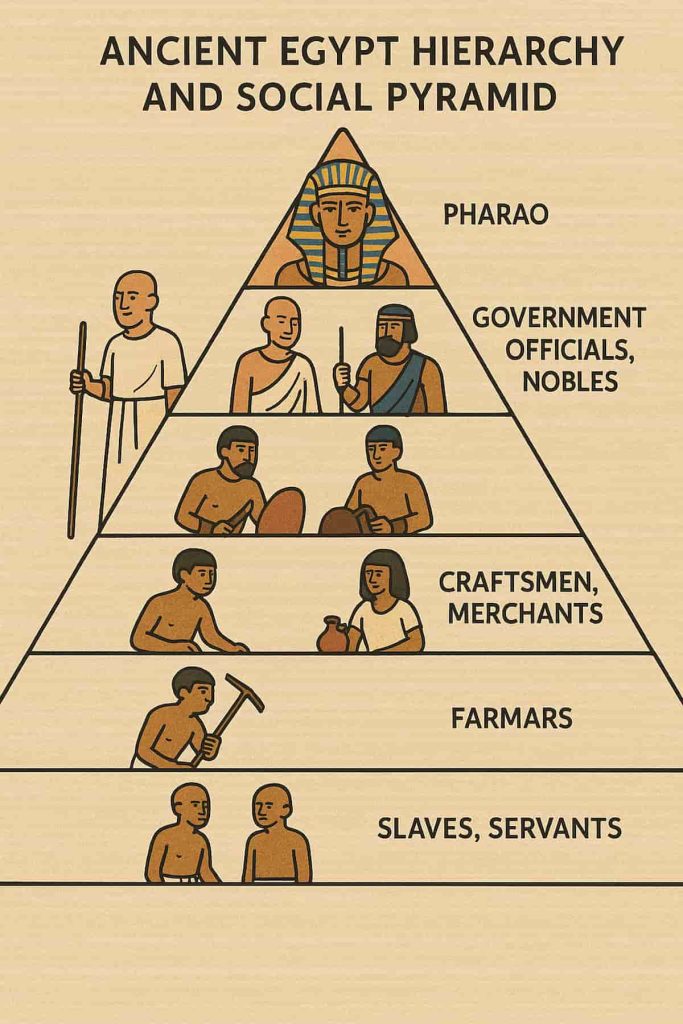
2- The Rise of The Ancient Egypt Society and The Gods
It was one of the first major civilizations of the world. The civilization developed more than 5,000 years ago along the Nile River. The cleanup of drought in the river, fertile soil, and life gave small villages the power to become powerful cities. As the society grew stronger, people started to collaborate as groups in building farms, trading goods, and setting laws. The Pharaoh, a top leader, presided over everything. People claimed that he was picked by the gods themselves and considered him “very special.“
Religion was the other thing that mattered most in Ancient Egypt. The Egyptians believed in many gods, and each of them had a particular task or function: Ra was the sun-god; Osiris ruled the afterlife; and Isis protected families. Temples were constructed in the name of the gods, and priests ensured their satisfaction. People considered the gods to be in charge of everything, floods, crops, health, and even death.
Following their gods and pharaohs, this was a strengthening society that built pyramids, invented writing, and made fine art. The gods gave people comfort and a reason to cooperate. This close association of religion and leadership is what helped the Ancient Egyptians rise and remain strong for thousands of years.
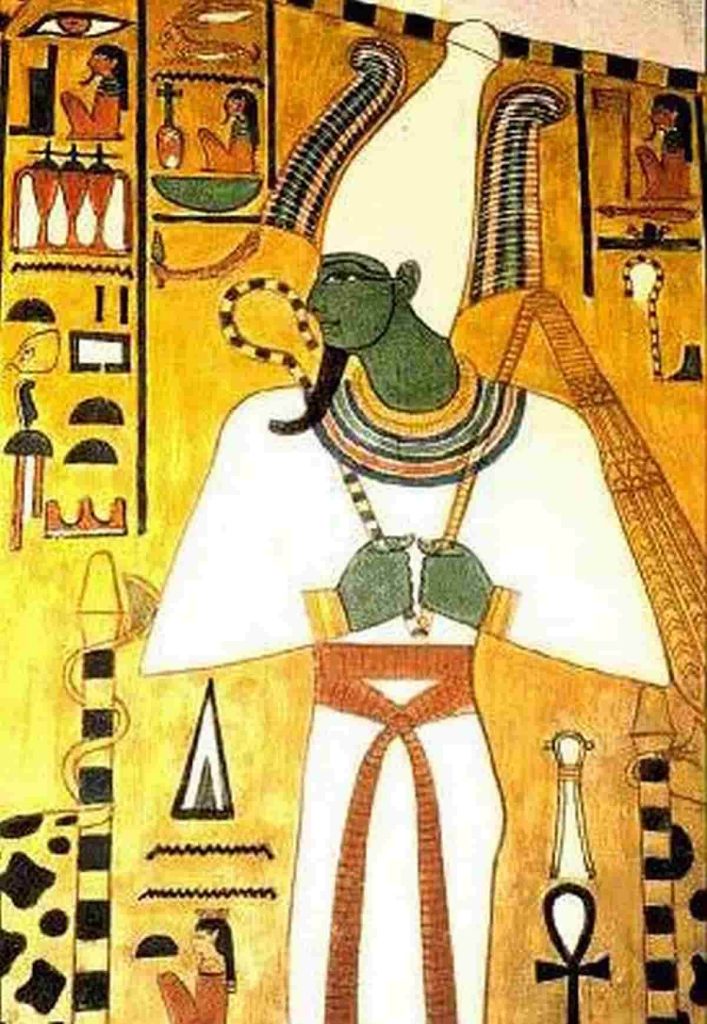
3- Maat and the Social Order: To Bring Back The Balance to The Society
Life with the Egyptians was ruled by a strong idea called Maat. Maat was more than just a goddess; she was the essence of truth, justice, balance, and order. The Egyptians believed that the world could only function properly if people followed Maat. From the Egyptians’ view, if there was no Maat, there was chaos, disorder, and suffering. The Pharaoh did rule Egypt; he had the important task of living by Maat himself and making sure that everyone else did. He was seen as the one who held upward balance in society as well as nature. Judges, priests, and officials also worked for fairness and peace in the land through the observance of her rules.
It was Maat who kept the social system intact. Everyone had their place, and if sincerely done, the order was maintained. Farmers, scribes, soldiers, and poor people were all expected to live by honesty, respect, and kindness. Even after death, Maat was of greatest importance. The weighing of the heart took place against the feather of Maat in the afterlife; if heavy with lies and wrongdoing, they were refused entry into eternal life. Maat was the glue that held the Egyptians responsible for thousands of years through a hallmark system of justice and protection.
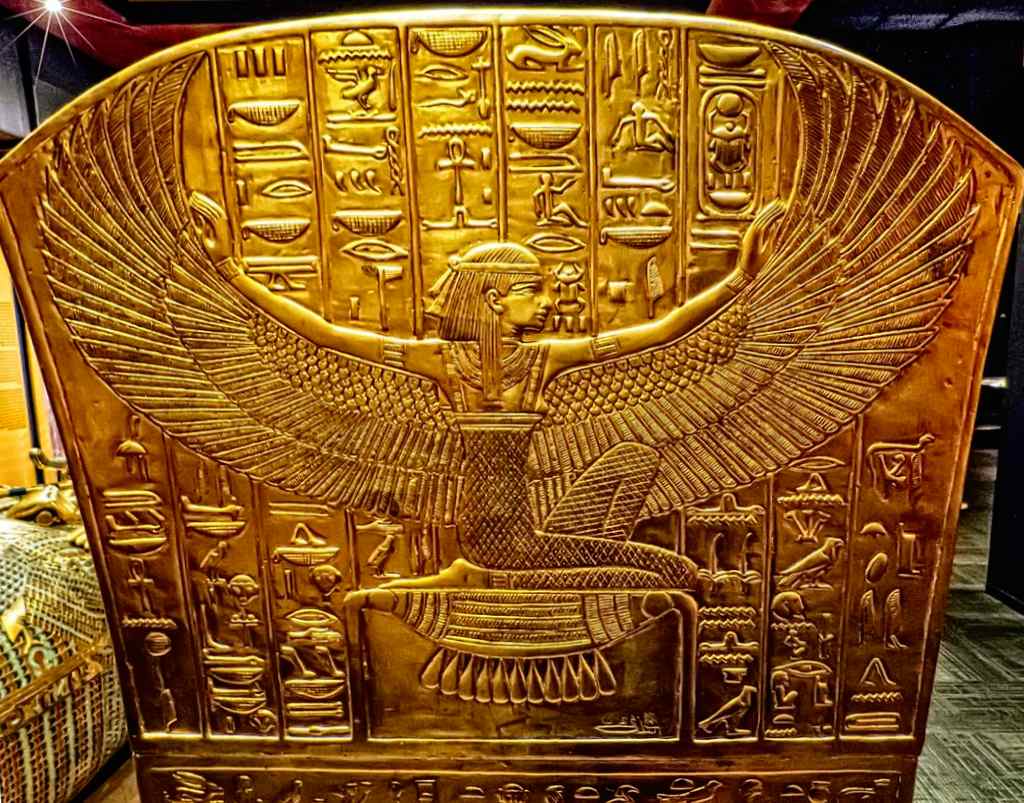
4- How This Social Pyramid was the Key to Innovation of the Ancient Egyptians
The social hierarchy in Ancient Egypt was distinctly stratified, resembling a pyramid in both power and population distribution. At the top were the pharaoh and his court, while the broad base consisted of laborers and farmers whose work sustained the civilization. The Pyramid is structured as follows:
-
The Power of The Pharaoh
The ancient Pharaoh in Egypt was the highest power of the kingdom. It was not just a king but a living god. The Egyptians believed that the Pharaoh represented the middle path between gods and men and that by the principle of Maat (truth, justice, and order), he was to maintain this balance in the world.
Everything in Egypt was under the Pharaoh’s authority. He made laws, collected taxes, and issued commands for the construction of temples, pyramids, and canals. The army led the campaigns against the threat from outside. And he appointed those officials who acted as his wasie men in the administration of the country. Those who obeyed did so without question because refusal to observe orders from the Pharaoh was equivalent to defiance of the gods. Under the leadership of the Pharaohs, Egypt remained strong and united for thousands of years.
Pharaohs like Djoser and Ramesses II left nothing but greatness. They left some marks on history that will always be remembered. Moreover, their monuments can speak of them and their projects, military campaigns, and religious reforms. When speaking of Djoser, you will see the Step Pyramids of Saqqara, the first structure made of Stone ever in history. Similarly, Ramesses II his military campaigns, like the Battle of Kadesh, and not only military but also his architectural achievements, such as the temples at Abu Simbel.
Their powers showed in an era of great innovation, peace, and prosperity. The Pharaoh was more than just a king; he was considered the image of Egypt’s power, the heart of society, religion, and culture. Without the Pharaoh, Ancient Egypt would never have become one of the greatest civilizations of all time.
-
Nobles and Government Officials
In the best-known society of Ancient Egypt, nobles and government officials were regarded as gods. One step below the Pharaoh in the social pyramid, they took care of all managerial processes of running the country. Most nobles came from flourishing and powerful families. They owned lands, charged taxes upon the people, ensured the people lived according to laws, and maintained order for the stability of the Pharaoh and Maat, or truth, justice, and balance.
Government officials worked in different places in the part of the kingdom. Some worked as viziers, the Pharaoh’s chief manager, others managed the army, supervised the temples, or controlled food storage and public building projects. They wore fine clothes, lived in large houses, and had servants to attend to their needs.
Besides politics, nobles and officials had a major role in religion. They sometimes assisted priests, contributed money to establish temples, and performed among the chief officiants in temple ceremonies. Disagreements by rich and powerful nobles and officials would influence the everyday lives of the Egyptian people.
These noble-class forces were responsible for helping the Pharaoh maintain his control over Egypt and keep it strong. Without them, it would be almost impossible to organize people, collect resources, or carry out big tasks like building pyramids or managing the flooding of the Nile.

-
The Priests and Their Power and Privilege
In Ancient Egypt, priests were strong and respected figures. They served a vital function in the care of the temples and ensuring that the gods were pleased. Egyptians thought that, should the gods grow angry, calamities such as floods, disease, or famine could follow. Thus, the role of the priests was crucial in maintaining societal order and balance.
The priests would also give offerings, sing prayers, and clean the statues of the gods as part of the daily rituals in the temples. Only these holy men had the right to enter inside of the sacred domains of the temple. For they were considered the chosen few who could stand closest to the gods, and that exalted them in society.
Many priests came from rich and noble families. They did not pay taxes and were often landowners with animals and slaves. Some of the priests also acted as doctors, healing the sick with herbs and magic, while others taught and wrote, helping to transmit knowledge.
Because religion permeated everyday interests, the priests exerted much influence. They advised Pharaoh, participated in the highest-level decision-making, and controlled huge amounts of wealth. Such power ensured the continued strength of the religious order in Egypt, ultimately securing the loyalty of the masses to their gods.
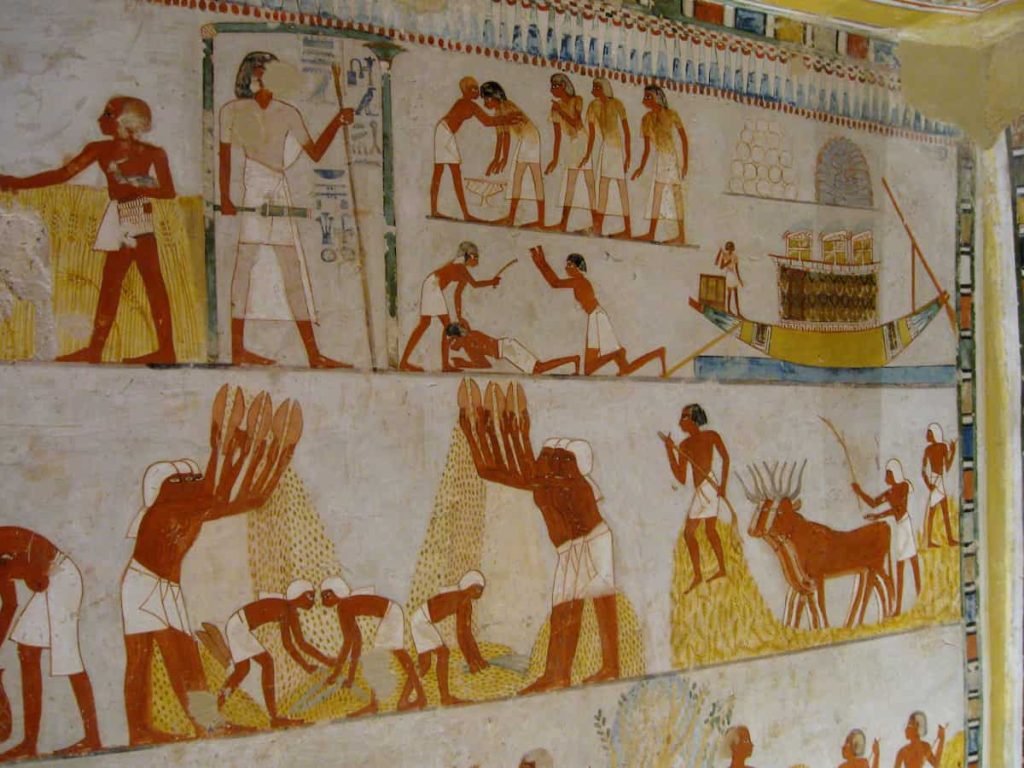
-
The Knowledge of Scribes
In Ancient Egypt Social Hierarchy, scribes were some of the highest titles given. They could read and write, which meant that they could wield power and thus, responsibility. To become scribes was not an easy task. Boys would start training at an early age, usually in scribal schools, where they would spend years learning hieroglyphs and other writing systems used in Egypt.
Scribes worked for the Pharaoh, temples, government, and army. They recorded taxes, laws, trade, and supplies. The letters scribes wrote and copied are of religious matters, and they recorded the daily life of Egypt. There would be no governance in the country, and passing on important information would be without scribes.
Their knowledge turned Egypt into a strong nation. Scribes enabled the erection of large-scale projects, fairs, storing food, and future planning. They also ensured the safety and transmission to posterity of history, religion, and tales.
Writing being so rare gave the scribes glory as wise and learned men. They often had fair lives, fine houses, and jobs. The scribes’ knowledge in Ancient Egypt was one of the most powerful forces that sustained that civilization for thousands of years.
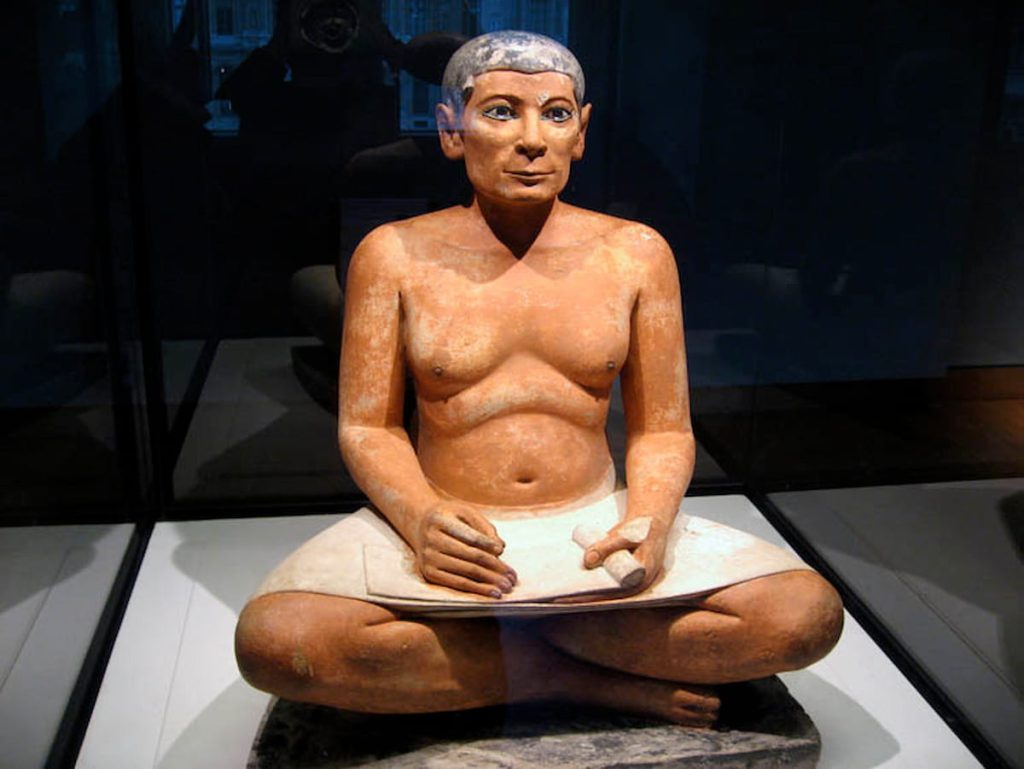
-
The Artisans and Craftsmen Civilization’s Builders
In the ancient Egyptian social pyramid, artisans and craftsmen were among some of the most skilled and hardworking people. They were never rich or powerful, but were considered essential in their work. They constructed and decorated the temples, pyramids, tombs, and palaces we admire to this day. Many of the great things from Ancient Egypt would not exist were it not for the craftspeople.
Artisans and craftsmen, however, truly stood out due to their special skills. Some worked in stone; others were painters, metalworkers, jewelers, or potters. Their tools were primitive, but they managed to achieve almost perfect execution, with extraordinary finesse and refinement in every stage of the process. They would carve statues and paint walls that signified much for the Pharaoh and the gods, glinting gold and silver with great meaning. Every art piece they created spoke volumes as an artistic expression, illustrating stories about gods, everyday life, or the afterlife.
Artisans mostly lived in little houses, working in groups or teams. They worked long hours under grueling conditions, especially when constructing tombs or temples. Their immediate appreciation might have lacked in their lifetime, but the artisans ensured the existence of the Egyptian way of life, religion, and history. The artisans and craftsmen were the builders of civilization. They carved and fashioned stone and metals into some of the most lasting symbols of the ancient Egyptian social pyramid through their arts.
5- The Social Class Hierarchy in Ancient Egypt Impacted
The Ancient Egyptian social hierarchy was a part of social life. People were divided into levels according to the kind of work and lifestyle they led. At the top was the Pharaoh, who was the ruler of the land and was treated as a god. Below him were the nobles, priests, and officials who assisted him in governing and ensuring that laws and religions were followed.
In the middle were scribes, craftsmen, and traders. These were the skilled workers who labored in writing, building, and conducting trade for goods. They were essential in maintaining the economy and culture. Below them were the farmers and laborers, though they worked very hard to do so, working to grow the food and join the building of temples and pyramids. At the bottom were the slaves and servants, without any means or power, forced into doing the hardest jobs.
Despite inequalities, this social order became the framework that allowed Egypt to advance. It was an orderly community in which everyone knew his or her role, providing stable conditions for thousands of years. Because each class was assigned something to do, this allowed Egypt to achieve an equally great standing in art, science, and architecture. The pyramid-shaped social setup made Ancient Egypt one of the strongest civilizations ever.

